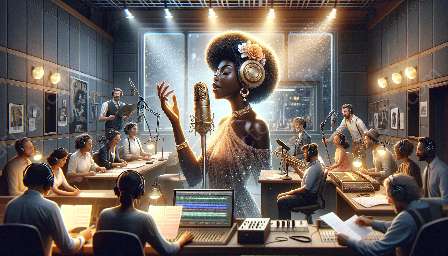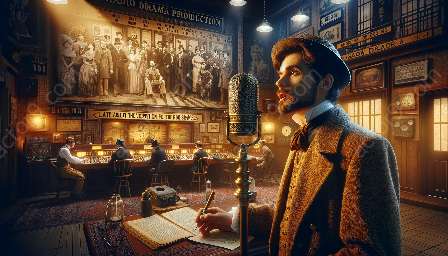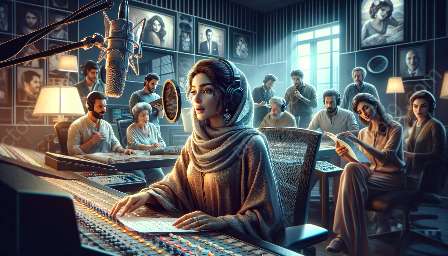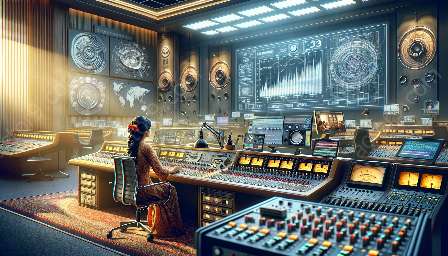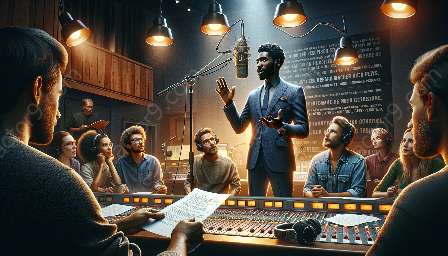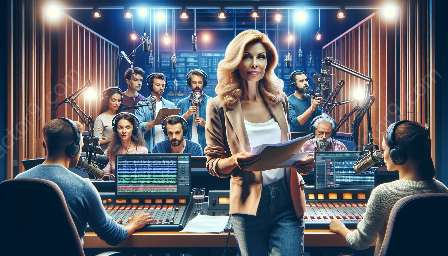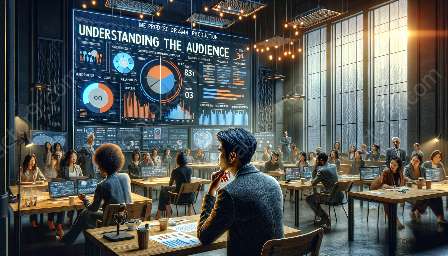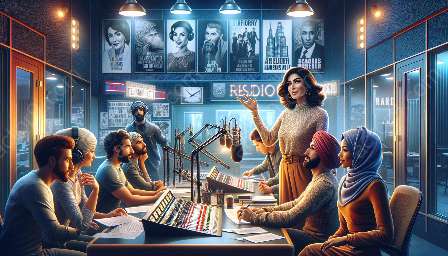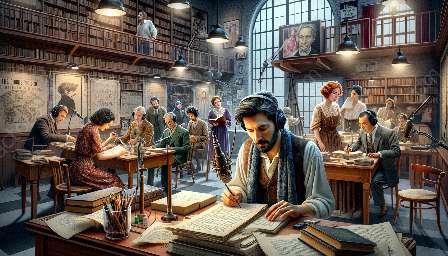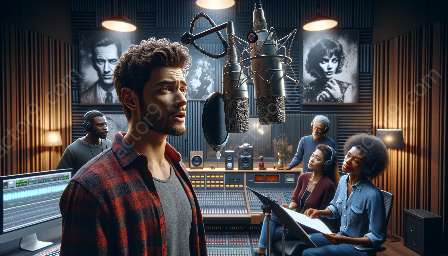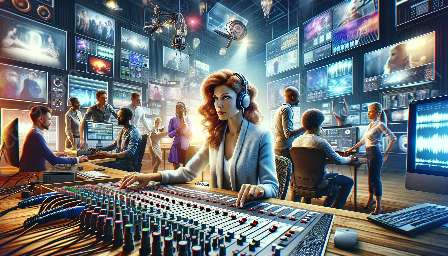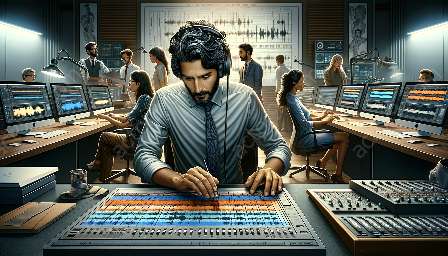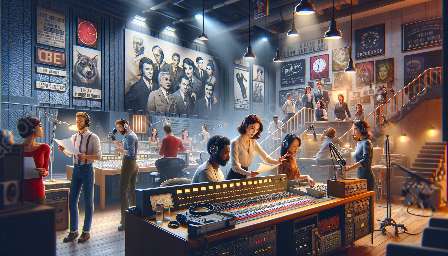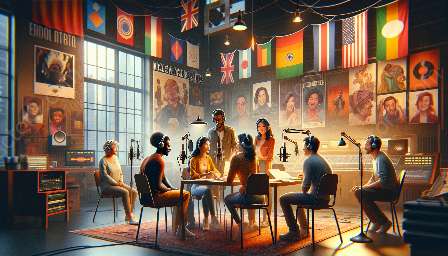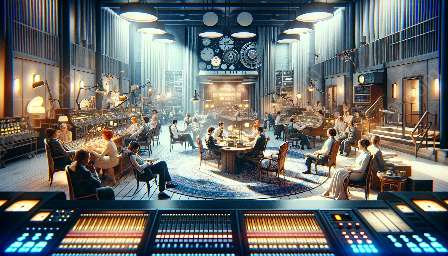Radio drama production is a unique art form that combines traditional acting and theatrical elements with cutting-edge technology to create captivating stories for audiences. The seamless integration of technology into the creative process allows for a rich and immersive experience that transports listeners into the world of the story.
From sound engineering and digital audio editing to specialized recording equipment, the technology used in radio drama production plays a crucial role in shaping the final product. This topic cluster delves into the various aspects of technology that are integral to the creation of compelling radio dramas, and explores how these technologies align with the performing arts, including acting and theater.
The Intersection of Technology and Performance
Radio drama production stands at the crossroads of technology and performance, blending the art of storytelling with the innovative tools and techniques that enable its expression through the airwaves. As such, it offers a fascinating opportunity to explore how modern technologies and traditional theatrical methods intersect to create memorable performances and immersive narratives.
Sound Engineering in Radio Drama
One of the key aspects of technology in radio drama production is sound engineering. Sound engineers play a pivotal role in capturing and shaping the sonic landscape of a radio drama, using a combination of microphones, mixers, and recording software to bring the story to life through sound. This process involves meticulous attention to detail and a deep understanding of how various sounds can evoke emotions and convey the mood of a scene.
Digital Audio Editing and Production
Modern radio drama production often involves digital audio editing and production tools that allow for precise manipulation of sound elements. From adjusting dialogue for clarity to creating immersive soundscapes using ambient effects and music, digital audio editing software enables producers and sound designers to craft a rich auditory experience for the audience.
Equipment and Studio Setup
Radio drama production requires specialized equipment and studio setups to ensure high-quality recordings. This can include professional microphones, soundproof recording booths, and audio interfaces that facilitate seamless communication between various recording and editing devices. Understanding the technical aspects of this equipment is essential for actors and production teams to deliver exceptional performances and maintain high production standards.
Storytelling through Sound
At the heart of radio drama production is the art of storytelling through sound. As technology continues to evolve, new methods of crafting and delivering stories through sound have emerged, offering exciting possibilities for both creators and audiences. Whether through binaural recording techniques that create a 3D audio experience or innovative sound design approaches that push the boundaries of traditional storytelling, the convergence of technology and performance in radio drama production opens up avenues for creative exploration.
Compatibility with Performing Arts
The exploration of technology in radio drama production also raises intriguing questions about its compatibility with the world of performing arts, particularly acting and theater. While radio drama may not rely on physical stage performances, the skills and techniques employed by actors in radio productions intersect with those used in traditional theater, highlighting the interconnected nature of these creative disciplines.
Vocal Performance and Character Portrayal
In both radio drama and theater, actors rely heavily on their vocal performances to convey characters and emotions. The use of voice, intonation, and expression becomes paramount in radio drama, as it serves as the primary medium through which characters and narratives are communicated. Understanding and harnessing the power of vocal performance is essential for actors in both radio and theater, showcasing the shared principles of performance across these mediums.
Immersion and Audience Engagement
Radio drama production and live theater share a common goal of immersing audiences in compelling narratives and transporting them to different worlds. The utilization of technology in radio drama, such as spatial audio techniques and dynamic sound design, contributes to creating immersive experiences that capture the imagination of listeners, akin to the way theatrical performances captivate audiences through live action and set design.
Embracing Innovation in Storytelling
As technology continues to evolve, so too do the possibilities for innovative storytelling in radio drama production. The integration of interactive elements, such as virtual reality and augmented reality, offers new avenues for expanding the boundaries of traditional radio drama, resulting in multi-sensory experiences that challenge conventional notions of performance and narrative delivery.
By embracing these technological advancements, radio drama production can not only attract new audiences but also provide opportunities for performers and creators to experiment with unconventional modes of storytelling, thereby enriching the landscape of the performing arts.

